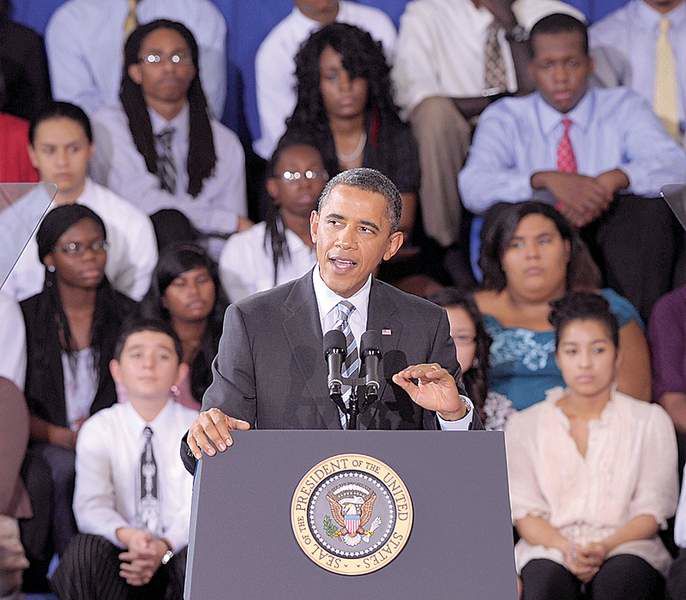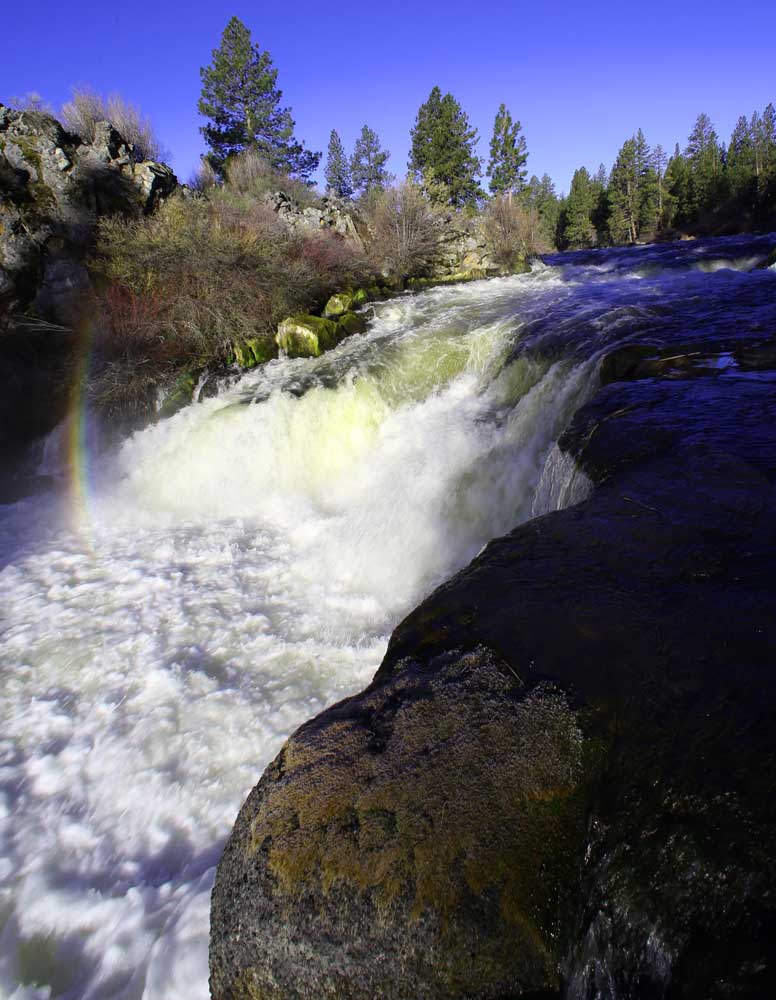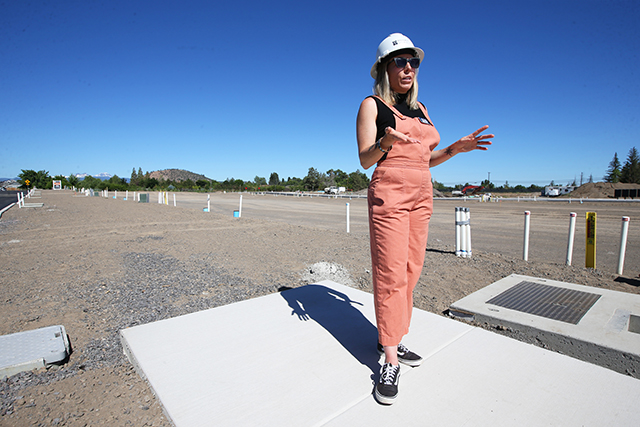Obama sees path to re-election beyond Rust Belt
Published 5:00 am Friday, September 30, 2011

- President Barack Obama delivers his back-to school speech at Benjamin Banneker Academic High School in Washington Thursday. His approval ratings have slumped along with the economy, but his campaign is targeting traditionally Republican states like Colorado and North Carolina.
WASHINGTON — With his support among blue-collar white voters far weaker than among white-collar independents, President Barack Obama is charting an alternative course to re-election should he be unable to win Ohio and other industrial states traditionally essential to Democratic presidential victories.
Without conceding ground anywhere, Obama is fighting hard for Southern and Rocky Mountain states he won in 2008, and some he did not, in calculating how to assemble the necessary 270 electoral votes. He is seeking to prove that those victories on formerly Republican turf were not flukes but the start of a trend that will make Democrats competitive there for years.
Trending
“There are a lot of ways for us to get to 270, and it’s not just the traditional map,” said David Axelrod, Obama’s chief strategist. “That’s why we’re laying the groundwork across the country to compete on the widest possible playing field next year.”
While Obama’s approval ratings have slid across the board as unemployment remains high, what buoys Democrats are the changing demographics of formerly Republican states like Colorado, where Democrats won a close Senate race in 2010, as well as Virginia and North Carolina.
With growing cities and suburbs, they are populated by increasing numbers of educated and higher-income independents, young voters, Hispanics and blacks, many of them alienated by Republicans’ tea party agenda.
“The biggest challenge” for Republicans, said Tad Devine, a senior strategist for Al Gore’s and John Kerry’s presidential campaigns, “is that they have to deal with what I would call the Obama electorate. And the Obama electorate is not the electorate that we have seen in America since I started working on presidential campaigns in 1980.”
Even so, Devine and other Democrats do not expect an easy race.
“It’s not going to be a triumphal march to almost 54 percent of the vote and 365 electoral votes” like in 2008, he said. “It’s going to be a hard slog, like the ones we did in 2000 and 2004 and came up short. The only difference is, Obama has got places to go that we couldn’t go. We couldn’t even target North Carolina when Kerry’s running mate” — former Sen. John Edwards — “was from North Carolina.”
Trending
For Republicans, the reality of those changing demographics tempers their heightened hopes for beating Obama.
Terry Nelson, a campaign adviser to George W. Bush, John McCain and, this year, former candidate Tim Pawlenty, said he was “pretty optimistic” for 2012, partly because Obama’s support among lower-income, less-educated white voters, never high, has dropped enough that Republicans see good prospects for winning industrial-belt states like Pennsylvania, Ohio, Michigan and Wisconsin.
But, Nelson acknowledged: “The country is changing. In every election cycle, every year, every day, this country becomes more ethnically diverse. And that has an impact on the kind of coalition that you need to put together to win.” He added, “The truth is, Obama needs fewer white voters in 2012 than he did in 2008.”
Obama’s recent travel reflects his calculus. On Tuesday, he was in Colorado, at a high school in a heavily Hispanic Denver neighborhood, to promote his jobs plan. This month he was in Ohio, but also in Virginia and North Carolina; he may return soon on a bus tour of neighboring states, aides say. Vice President Joe Biden was in northern Virginia on Thursday to stump for the jobs bill.
Virginia, North Carolina and Colorado together have more than double the number of Ohio’s electoral votes — 37 versus 18. And Obama advisers say that the same demographic factors at play in those states are also present in states Obama lost in 2008 — like Arizona (whose senator, McCain, was his rival) and Georgia.
Except for Indiana, a long shot, Obama advisers say the president will be favored or competitive everywhere he won before, including Ohio. But polls underscore how tough a task he will have with independents in the industrial belt, where income and education levels are below the national average, compared with states like Colorado and Virginia with higher-income, better-educated independents.
The latest nationwide New York Times/CBS News poll this month showed that 51 percent of independents with household income below $50,000 disapproved of Obama’s performance, as did 57 percent of those with income between $50,000 and $100,000. But independents with household income above $100,000 approved of his job performance by 50 percent to 43 percent.
A challenge for Obama in Colorado and elsewhere is mobilizing Hispanic voters, many of whom complain that he has not tried hard enough to overcome Republican opposition to immigration legislation. And appealing to independents will require some deft politics, since Obama’s recent switch to a more confrontational approach to congressional Republicans could cost independent support even as he energizes Democratic voters.
Virginia and North Carolina, with their respected universities, technology centers and diverse suburbs, are similar enough in their changing demographics that Devine suggests they can be viewed as a single state for purposes of presidential politics. Their combined 28 electoral votes are nearly equal to the 29 votes of Florida, which was traditionally joined with Ohio as must-haves for Democrats.
The change is evident outside of Washington, where Virginia’s northern suburbs now dominate in state elections, and south around Richmond.
“It’s the difference between the Old Dominion and the New Dominion,” said Mike Henry, campaign manager for Tim Kaine, the former governor and former Democratic Party chairman who is running for the Senate. Pointing to “an influx of Latinos, African-American families, Asians,” Henry said, “The demographic characteristics of the state are totally different than what they were 10 years ago.”








